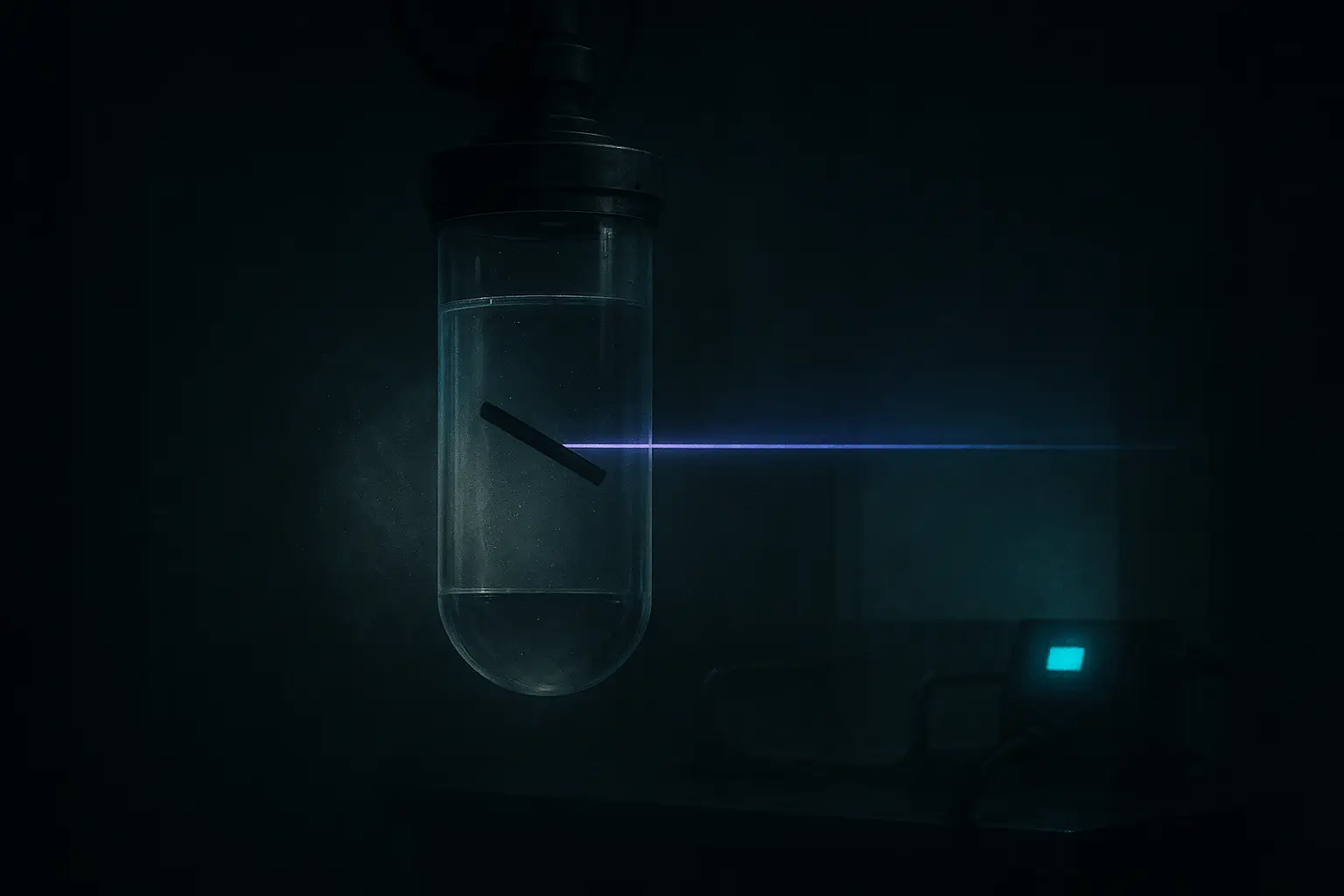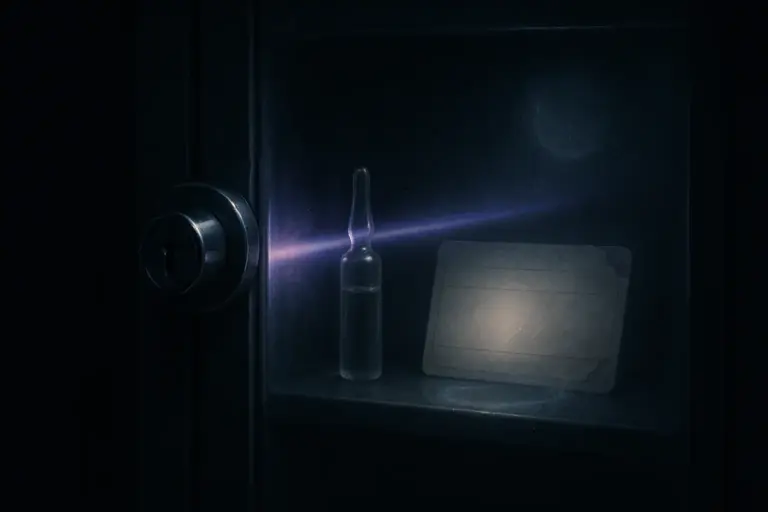Human-Animal Hybrid Experiments: The Science and Ethical Debate
A 2019 regulatory approval quietly opened the gate for human-animal hybrid experiments, advancing only as far as their documented guardrails can hold.
The folder smells of ethanol and paper dust, its tab stamped with meeting codes and a date that doesn’t fit the usual ban list. Inside is a government memo noting that certain human-animal hybrid experiments may proceed under oversight, while across the ocean similar protocols stall under review. A contradiction, cataloged in serif type. The memo outlines gestation timelines, neural safeguards, and transfer to surrogates, as if this were routine procurement in a lab lit by the blue wash of incubators. One line is heavily redacted. It isn’t the methods. It’s the boundary — where a developing chimera must stop.
What the Video Adds (Quick Summary)
- Describes Project Chimaera labs operating under OS-17 codes in the late 2000s, fusing human tissue into animal hosts
- References a 2013 Geneva Vault breach exposing documents and a photograph of a human-eyed hybrid creature
- Highlights reported capabilities including limb regeneration, disease modeling, and alleged telepathic communication
- Frames the ethical tension between medical breakthrough potential and species boundary dissolution

First breach in chimeric policy: Japan opens the gate
In 2019, Japan authorized limited creation and transplantation of human-animal chimeric embryos into animal surrogates under strict committee review, reversing earlier prohibitions. The policy set a precedent by permitting development beyond prior cutoffs if contribution controls and endpoints are defined in advance (Source: Nature, 2019-07-26, Japan approves first human-animal embryo experiments). Earlier guidance had already mapped the logic: allow research when targeted organs are specified, neural contribution is capped, and monitoring is continuous (Source: NIH/PMC, 2016-08-05, The new Japanese regulation on human non-human chimeras).
The rupture was quiet — a regulatory hinge rather than a headline — but it reframed where science crosses lines, transforming chimeric research from taboo to tool, provided its borders stayed measurable.
Documented lines of interspecies chimera across labs
Across institutions, the stated aim is pragmatic: grow transplantable organs by directing human stem cells to occupy a vacant niche in an animal host — pancreas, kidney, liver — while restricting contribution elsewhere. Oversight committees specify engraftment thresholds, tissue sampling schedules, and “stop rules” if human cells appear where they should not, especially in germline or brain tissue. Ethical frameworks emphasize proportionality: the higher the expected benefit, the tighter the surveillance.
Neurocentric safeguards are explicit. Proposed lines exclude experimental designs that could plausibly enhance animal cognition in ways that alter moral status or behavior, and they require behavioral monitoring to detect unanticipated effects (Source: EMBO Journal, 2019-10-10, Ethical considerations for human animal neurological chimera research). These are not blanket permissions; they are conditional corridors lit by dashboards and audits, operating in where medicine tests limits under continuous institutional watch.
The redacted line is not ink — it is a moving threshold.
Denials redactions and oversight in neurological chimera
Elsewhere, the stance is slower and more segmented. U.S. guidance separates research by intent and risk: neural tissue involvement, reproductive potential, and gestational endpoints trigger additional oversight and funding pauses. Recommendations call for tiered review and explicit bans on breeding chimeras with human germline contribution (Source: NIH/PMC, 2016-08-04, Clarifying the Ethics and Oversight of Chimeric Research).
European analyses highlight different red lines — appearance, perceived human likeness, and any intervention that could create significant shifts in consciousness. The caution is not only technical; it is political, aiming to preserve public trust by keeping bright boundaries visible and enforceable (Source: EU SATORI, 2016-09-02, Ethical Challenges for Research On Human Animal Hybrids). Between these poles, human-animal hybrid experiments proceed, but only where committees can map the uncertainty into protocols.
Future echoes: from xenotransplantation to organ generation
The horizon remains the same: reduce the organ waitlist by engineering host animals to grow human-compatible organs, then harvest under clinical standards. The ethical wager is utilitarian — lives saved by addressing scarcity — but it depends on whether contribution controls hold under development and scale. If surveillance detects drift into neural or germline domains, protocols halt and designs are reworked. That is the promise and the fail-safe.
Public bioethics foregrounds the tradeoff: the nearer a chimera comes to human-like functions, the stronger the argument for restrictions, even if the medical payoff is high. Education materials make the rationale plain, translating committee vocabulary into moral stakes and patient consequences (Source: NYU Langone, 2020-02-04, The Ethics of Organ Farming and Interspecies Chimeras). In the end, xenotransplantation will be judged not only by surgical success, but by how cleanly it keeps its boundaries — a truth explored further inside the chimera protocols.
Monitors hum in the corridor while a single cage remains empty.
Sources unsealed: a timeline of human animal chimeras
2016 — Frameworks crystallize around intent-based oversight and tiered review, defining what triggers additional scrutiny and when to stop (Source: NIH/PMC, 2016-08-04, Clarifying the Ethics and Oversight of Chimeric Research). In parallel, Japanese policy analysis details how targeted organ goals and neural caps can justify development beyond earlier cutoffs — a logic later operationalized in practice (Source: NIH/PMC, 2016-08-05, The new Japanese regulation on human non-human chimeras).
2018–2019 — Ethical guidance on neurological chimera research articulates cognitive risk thresholds, behavior monitoring, and sunset clauses for uncertain designs (Source: EMBO Journal, 2019-10-10, Ethical considerations for human animal neurological chimera research), while philosophy presses the paradox of species boundaries and moral status at the edges of identity (Source: Oxford University Press, 2018-03-13, Human Animal Chimeras and Hybrids An Ethical Paradox). Parallel European work emphasizes public acceptability and visible red lines, consolidating a caution-first posture that influences national committees and funding streams (Source: EU SATORI, 2016-09-02, Ethical Challenges for Research On Human Animal Hybrids).
2019 — Japan authorizes transplantation of certain chimeric embryos under committee surveillance, marking a global inflection toward regulated permission (Source: Nature, 2019-07-26, Japan approves first human-animal embryo experiments).
Final transmission: interspecies chimera and thin borders
Under the fluorescence, a notebook closes beside a sterile tray, its last line ending mid-sentence like a cutoff in development.
The record shows a field moving by inches — human-animal hybrid experiments advancing only as far as their guardrails can hold.
Signal fading — clarity remains.
Home · Forbidden Science · Controversial Medical Science
What are human animal hybrid experiments and why pursue them
These studies create interspecies chimera by adding human stem cells to animal embryos to grow specific tissues or organs. The primary goal is organ generation for transplantation while enforcing strict limits on neural and reproductive contribution. Source: NYU Langone, 2020-02-04, med.nyu.edu/departments-institutes/population-health/divisions-sections-centers/medical-ethics/sites/default/files/medical-ethics-high-school-bioethics-chimera.pdf
What rules limit chimeric research and neurological chimera
Policies require predefined endpoints, monitoring of cell contribution, and bans on breeding if human germline involvement is possible. Guidance intensifies when brain tissue could be affected, adding behavioral checks and stop rules. Source: EMBO Journal, 2019-10-10, embopress.org/doi/10.15252/embj.2019103331
What remains uncertain about human animal hybrid experiments
Key uncertainties include how reliably contribution controls hold across development and whether rare off target integration could alter cognition or germline in ways oversight misses. International rules vary, so identical protocols may be greenlit or rejected depending on jurisdiction. Source: Nature, 2019-07-26, nature.com/articles/d41586-019-02275-3
They Don’t Want You to Know This
Join the society of the curious. Get early access to leaked findings, hidden knowledge, and suppressed discoveries — straight to your inbox, before they vanish.




